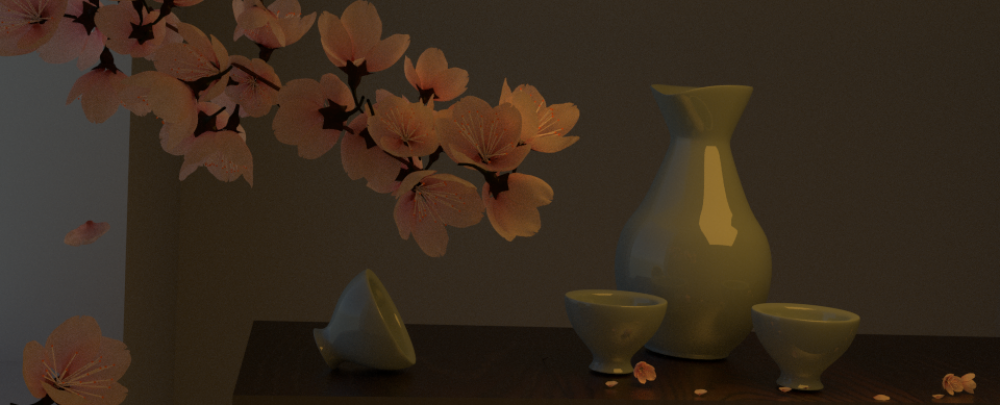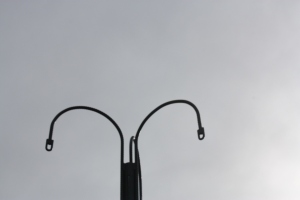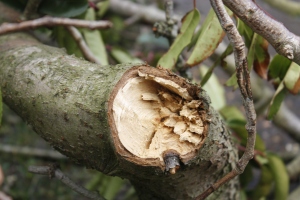Here is montages of the full alphabet. I found that putting the letters into black and white helps some of the forms be shown more clearly, as there are distracting colours in some of them, however others become more obscure. However unfortunately this makes the letter S stand out far more as the letter is formed using a white tone rather than a black or a grey.
If I were to do this project again I would visit more locations, such as a city, as there would be a wider range of structures to photograph. One area I could explore would be using a theme to tie the photographs together.
Type the Sky by Lisa Rienermann
An example of this would be this semester project by typography student Lisa Rienermann. She uses the negative space in-between buildings to form the letterforms which is effective as the sky gives a commonality of tone through the photographs. The forms are also quite similar, being all very geometric as a result of man-made architecture.
Adapting this premise for my own work I would like to explore finding letter forms formed by lines and negative space from trees. I think that some of these pictures are the most effective in my original work and exploring this further would be rewarding.
A downside to recreate a project like this is that it would be very time consuming, as well as nigh impossible to find all the letterforms. Rienermann admits herself that some images were Photoshopped in order to create the more challenging letterforms. It would also be useful to explore more locations to fully explore the concept, a visit to the New Forest would be ideal.
Interview with Lisa Rienermann to be found here:
Boris., 2007. Type the sky / Semesterarbeit von Lisa Rienermann, Uni Duisburg-Essen [Accessed online] Available from: http://www.slanted.de/node/1361 [Accessed 27.2.14]


















